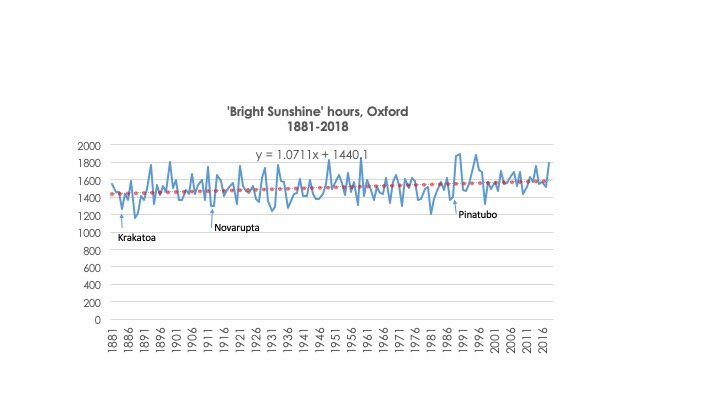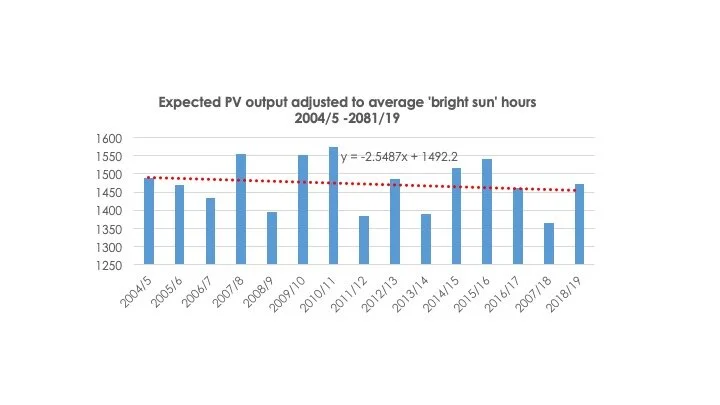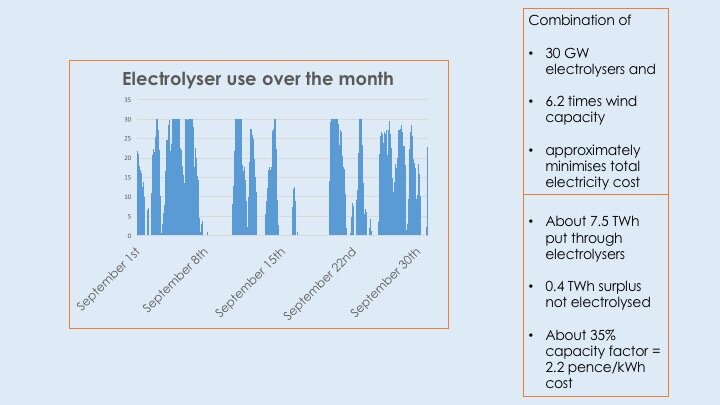The UK’s flight addiction is paused. The only safe recovery is a synthetic jet fuel revolution
(This article was published in Business Green on June 24th 2020. Many thanks to Ned Molloy for all his help).
The Coronavirus lockdown, including the shutdown of most air travel, cut global carbon emissions a whopping 17% at the peak of the confinement in April, compared to a year earlier.
This pause is a good time to reflect on our “flight privilege”. Astonishingly, more British people took flights abroad pre-crisis than from any other country in the world. If you feel it’s unfair you can’t fly abroad this year, just remember that you’re now, temporarily, in the normal situation for 80% of humanity that has never stepped foot on a plane in their life.
And yes, that’s the 80% that’s probably going to be hit hardest by Coronavirus, and climate change.
So if we are going to start flying at pre-crisis levels at some point, we’ve got to have a real plan for how to do so without adding carbon into our dangerously saturated atmosphere.
Coronavirus has reminded us it’s a good idea to listen to the science. To maintain a safe climate for human habitation, scientists say the world must have abandoned the use of fossil fuels by 2050 or before. Some parts of this transition to low carbon energy have an obvious route. For example, we know how to get to zero emissions from electricity production and road transport.
But what about flying? This month the largest yet electric plane made a successful half-hour flight - but it was still tiny, with room for nine passengers only. Longer flights, carrying hundreds of people, will need to be powered by energy-dense liquid fuels for decades to come.
Investment in zero-carbon aviation fuels then, is the most important measure of much airlines care about climate change, and on that measure, during the last 10 profitable years for the airline sector, the answer is - almost zero. Now that airlines are in crisis, and receiving huge sums of public money, it’s time to fundamentally rethink the business model. Building a new industrial sector around zero-carbon aviation fuels is an obvious target for a green stimulus.
The development of climate-safe aviation fuel is undoubtedly a challenge. Nevertheless, it is technically feasible and well within the competence of the UK’s universities, our innovative young companies and chemical engineering industries.
Research work at the moment focuses on making fuel from wastes such as plastics or wood chippings. This route is a dead end, because thevolumes of aviation fuel required around the world (around 7 million barrels per day, pre-crisis) dwarf any available source of waste.
A different route is necessary, making carbon-neutral fuel in a anindustrial process that does not require use of scarce materials. Is this even possible? Surprisingly, yes, it’s been done already. We can make chemically equivalent versions of jet fuel by combining hydrogen produced from water via a process called electrolysis, and carbon dioxide captured from the air or from industrial processes such as cement making. If the hydrogen is made using renewable electricity, and the CO2 is sucked from the atmosphere, this synthetic aviation fuel adds no carbon to the atmosphere, and is compatible with the UK’s ‘net zero’ target.
This is not speculative science on a blackboard. The reaction of hydrogen and carbon atoms to make complex hydrocarbons occurs in a process called “Fischer-Tropsch”, that was invented in Germany almost a hundred years ago. We are able to employ well understood rules of chemicals production to make hydrocarbons that are almost exactly the same as those made from fossil oil. In fact, they will be better because they contain no sulphur or any of the other unwanted materials contained in fossil fuels, and will cause far less pollution from ultra-fine particles.
So we’re not “waiting for a breakthrough” - we face a large engineering project. Decarbonising aviation requires mass manufacturing of hydrogen using electricity generated from renewable sources, the capture of carbon dioxide at the lowest cost, and the building of large Fischer-Tropsch refineries that can produce millions of tonnes of fuels a year. Although small groups of companies in Germany, the Netherlands and elsewhere have begun to develop integrated plants that can make this carbon-neutral synthetic aviation fuel, the field is still wide open for the UK to dominate.
At present, synthetic fuels are more expensive that fossil equivalents. One estimate is that the cost is equivalent to oil at $100 a barrel, even in regions where cheap hydrogen can be made.[1] However the only way to bring these costs down sharply is to scale up production. The UK’s task is to establish a synthetic fuels industry to capitalise on what will become a multi-billion dollar global industry. ITM Power, a Sheffield company, is already a world-leader in making hydrogen from renewable electricity. Several UK businesses, such as C Capture in Leeds, have expertise in CO2 collection.
What policies do we need to push the development of carbon-neutral aviation fuels? I suggest four: tax, regulation, subsidy of the first commercial plants and new research. Firstly, fossil jet fuel is currently free of any tax and the first change should be a levy that pushes its cost per litre at least up to the level of petrol. (There are barriers in international treaties but the global interest in imposing fair taxation on aviation is probably at an all-time high). Secondly, regulation to mandate the airlines use a small but growing percentage of zero carbon fuel, copying Sweden and Norway.. The immediate boost to the UK synthetic fuel industry would be enormous.
Thirdly on subsidies, use some of the revenue from taxing fossil jet fuel to run competitions to develop commercial-scale Fischer-Tropsch refineries that use zero-carbon hydrogen and captured CO2. The industrial infrastructure is there to build these refineries today, and sufficient government support will rapidly bring low-carbon aviation fuel to market. Importantly, the scale of the eventual market for low carbon fuels would mean that the oil majors would pitch for these funds. It gives them a route away from fossil fuels. Lastly, it makes sense to direct research funding towards this sector, particularly because it fits the UK’s existing skills in chemical engineering.
It’s not going to be easy. But the world has no alternative to synthetic fuels if we want to continue to be able to fly. The UK’s green stimulus should include all four of the above measures, to speed up the development of this potentially vast new industry.
Chris Goodall’s new book is called What We Need To Now – For a Zero Carbon Future
[1]































